- Products & Solutions
- Wireless InSite
- Fast Ray-Based Methods
Fast Ray-Based Methods
Wireless InSite features several 2D site-specific propagation models designed for urban and rough terrain applications.
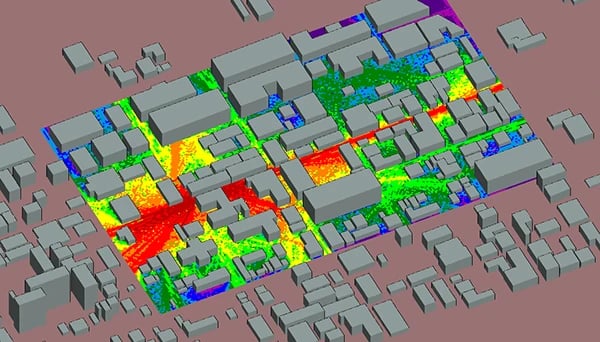
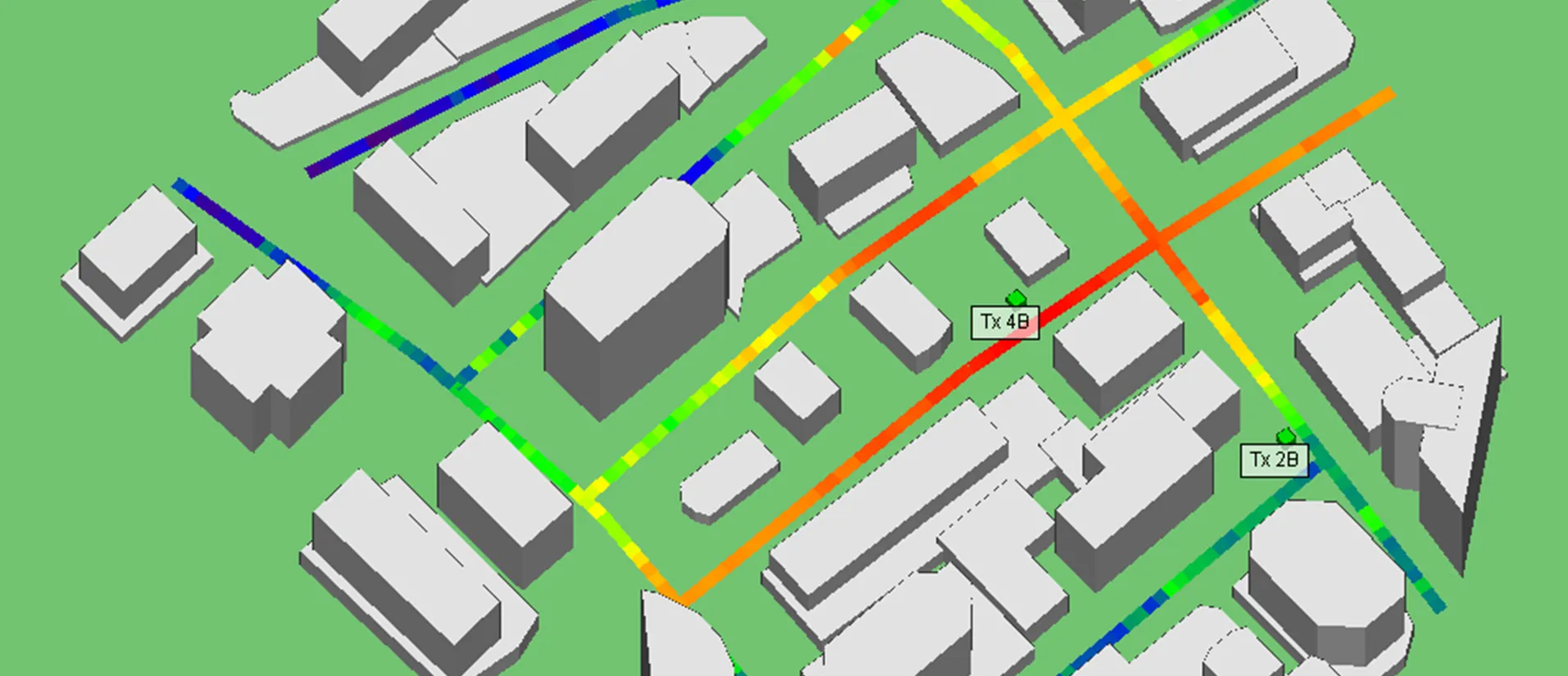
Urban Canyon Ray Model (2D)
The Urban Canyon models are intended for high-rise urban environments where the transmitting and receiving antennas are located close to the ground relative to the building heights. Energy that diffracts over the rooftops of buildings is assumed to be negligible. Urban Canyon includes propagation effects from reflections and diffractions.
Vertical Plane Ray Model (2D)
The Vertical Plane is a 2D ray-based model for predicting propagation over irregular terrain. The model only considers energy propagating in the vertical plane that contains the transmitter and receiving antennas. Vertical plane is well suited for propagation distances up to 20 km and includes effects from reflections and diffractions.
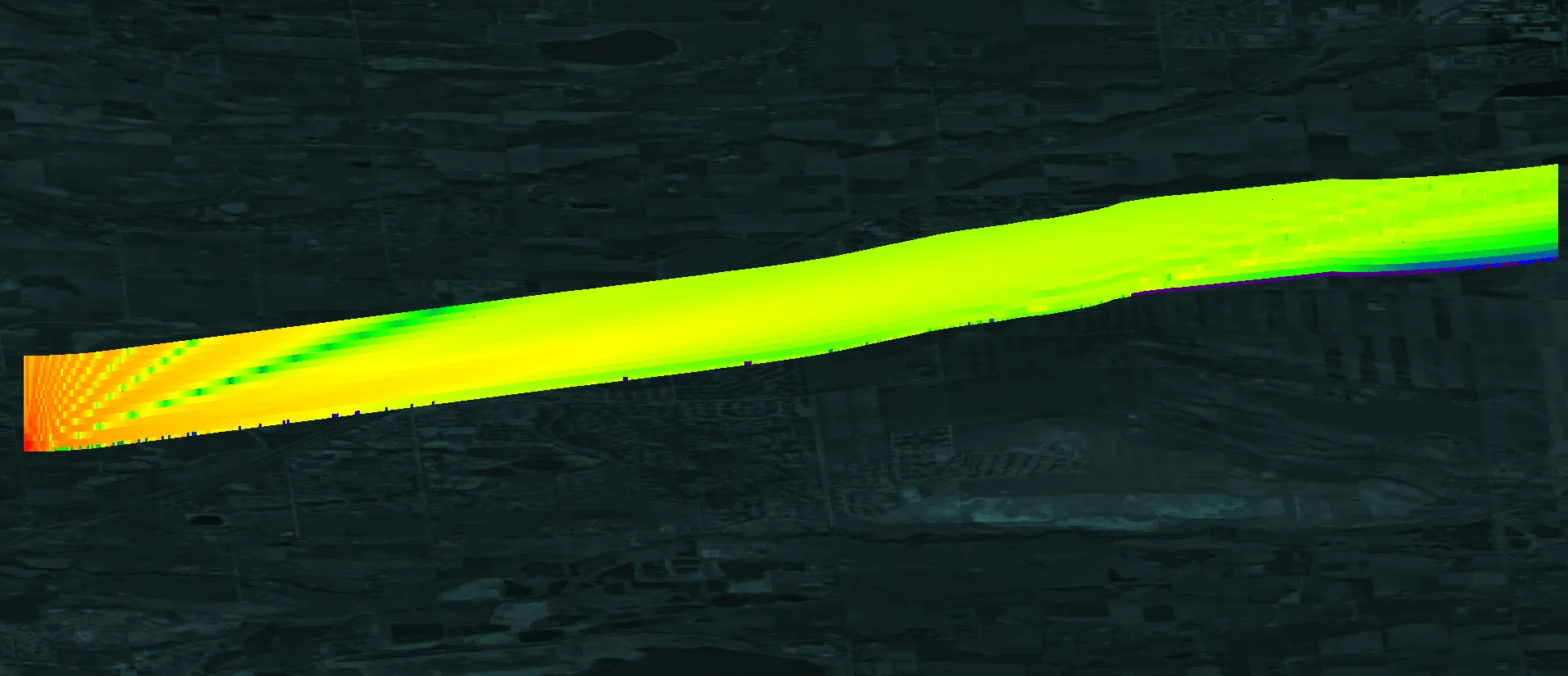
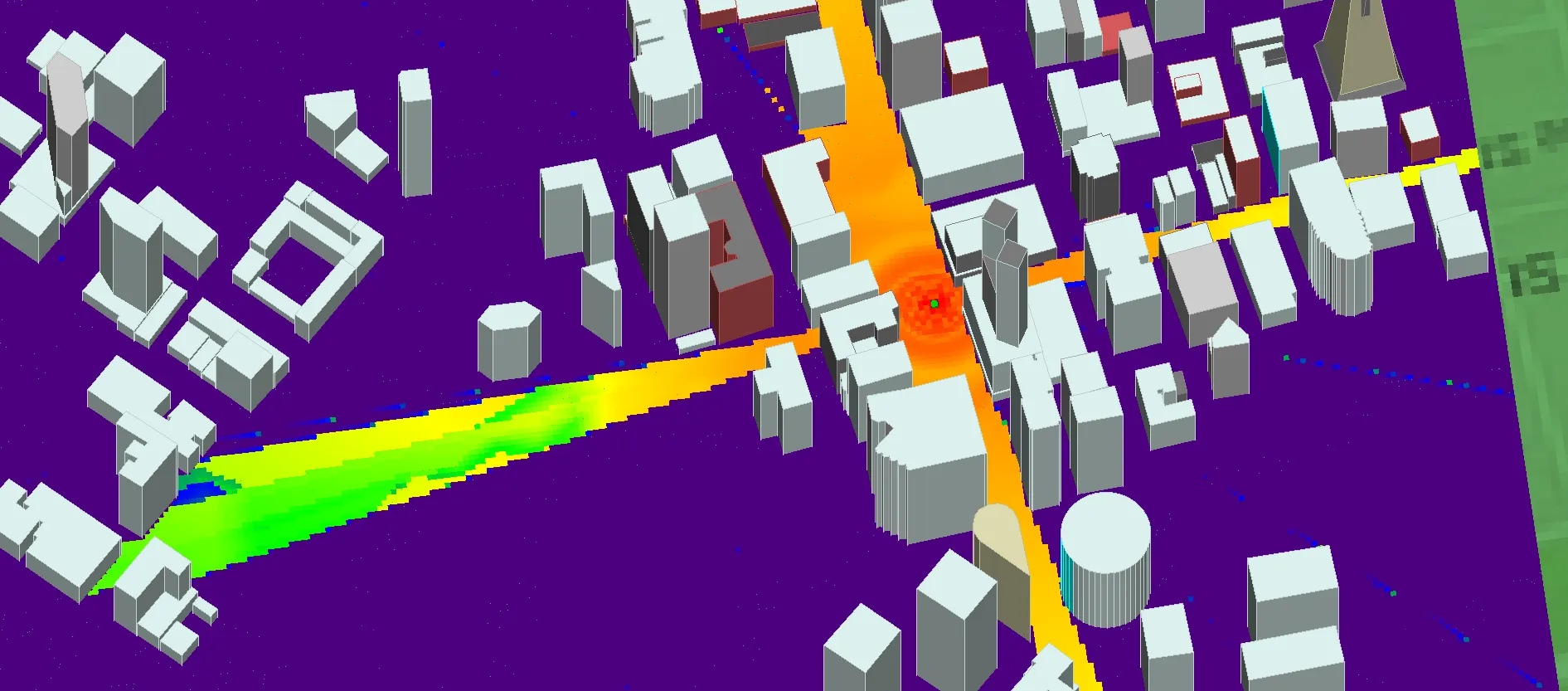
Vertical Plane Urban Propagation
Vertical Plane Urban Propagation (VPUP) is a deterministic model designed to rapidly calculate propagation in urban scenarios. When line of sight exists between the transmitter and receiver, the free space path loss is returned. For transmitters and receivers separated by buildings, the path loss is determined by considering energy that diffracts over the actual detailed urban profile.
Triple Path Geodesic
Triple Path Geodesic is a deterministic model designed to enhance the VPUP predictions for urban environments. When building geometry obscures the line of sight between the transmitter and receiver, the model calculates the contributions from energy traveling around the sides of the buildings and over the rooftops. Point to point calculations are typically on the order of milliseconds.
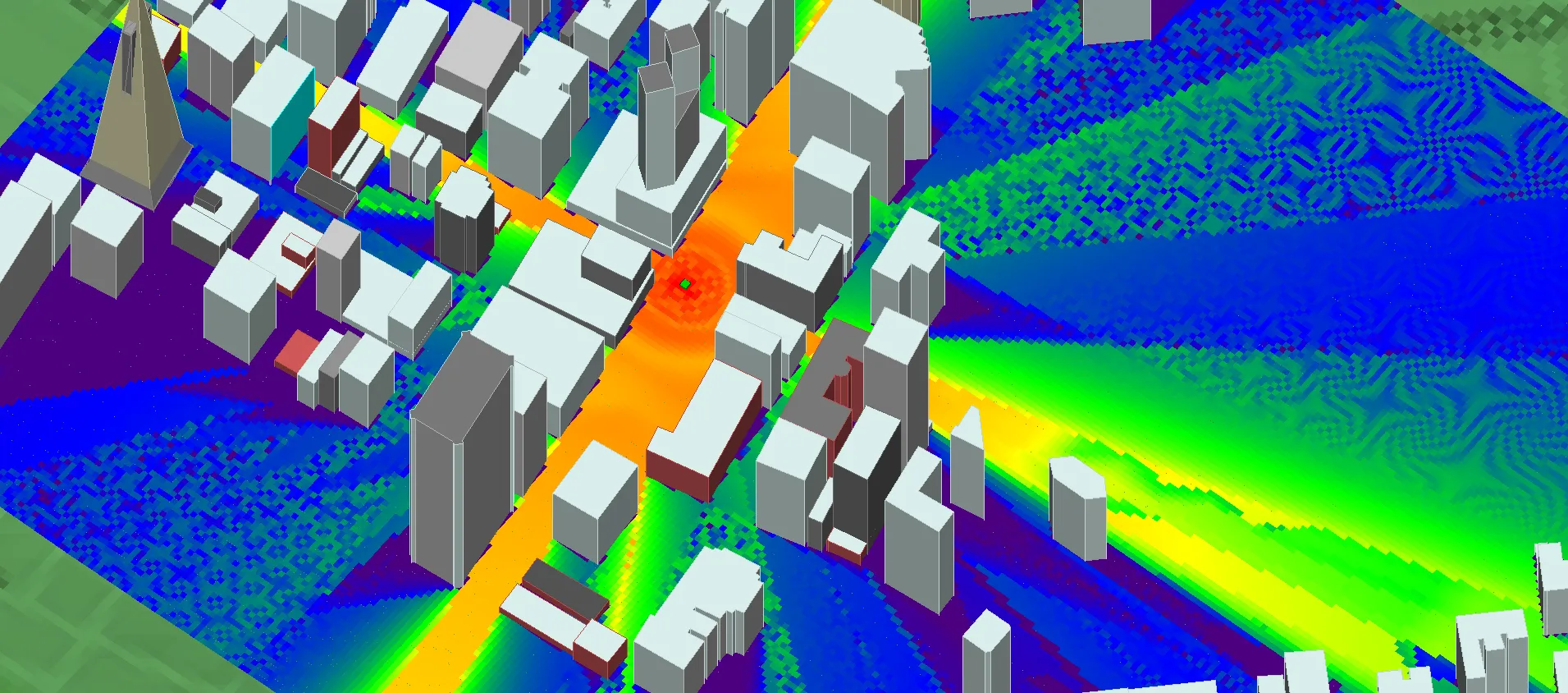
Save time and reduce costs.
Contact Remcom today for a customized solution to your most complex electromagnetic challenges.
Request a Quote